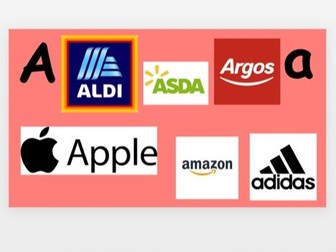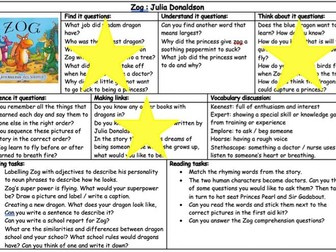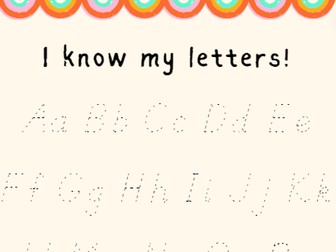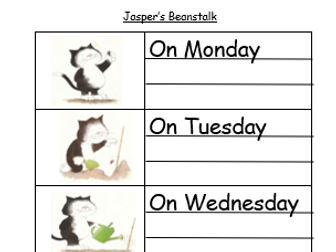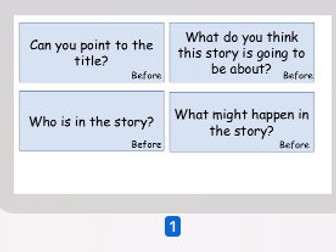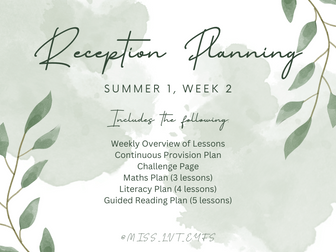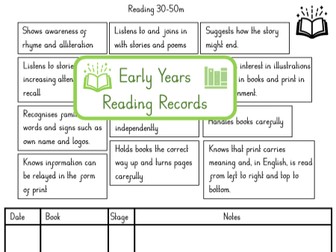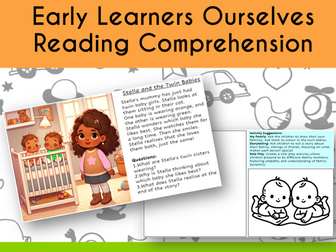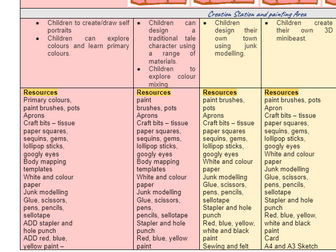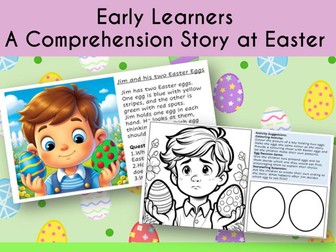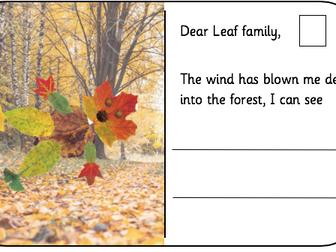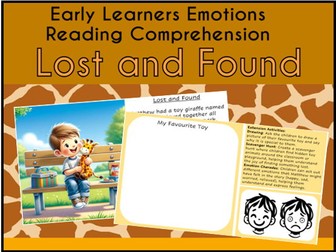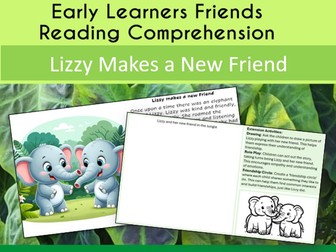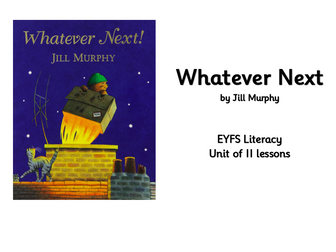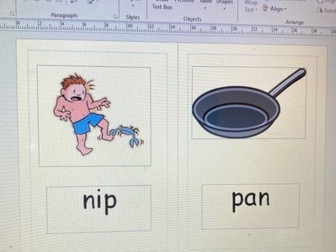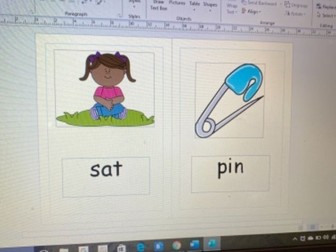
Alphabet Logo- EYFS Reading
A to Z of familiar logos that children can read. Used to support children at 30-50m with Reading statement from Development Matters; recognises a few familiar words such as their own name and advertising logos.
Used as a display and can be made into a useful booklet.
Resource can be changed and adapted to suit child/ class. Power Point format.
Upper and lower case letters are separated to help the children distinguish between them.
